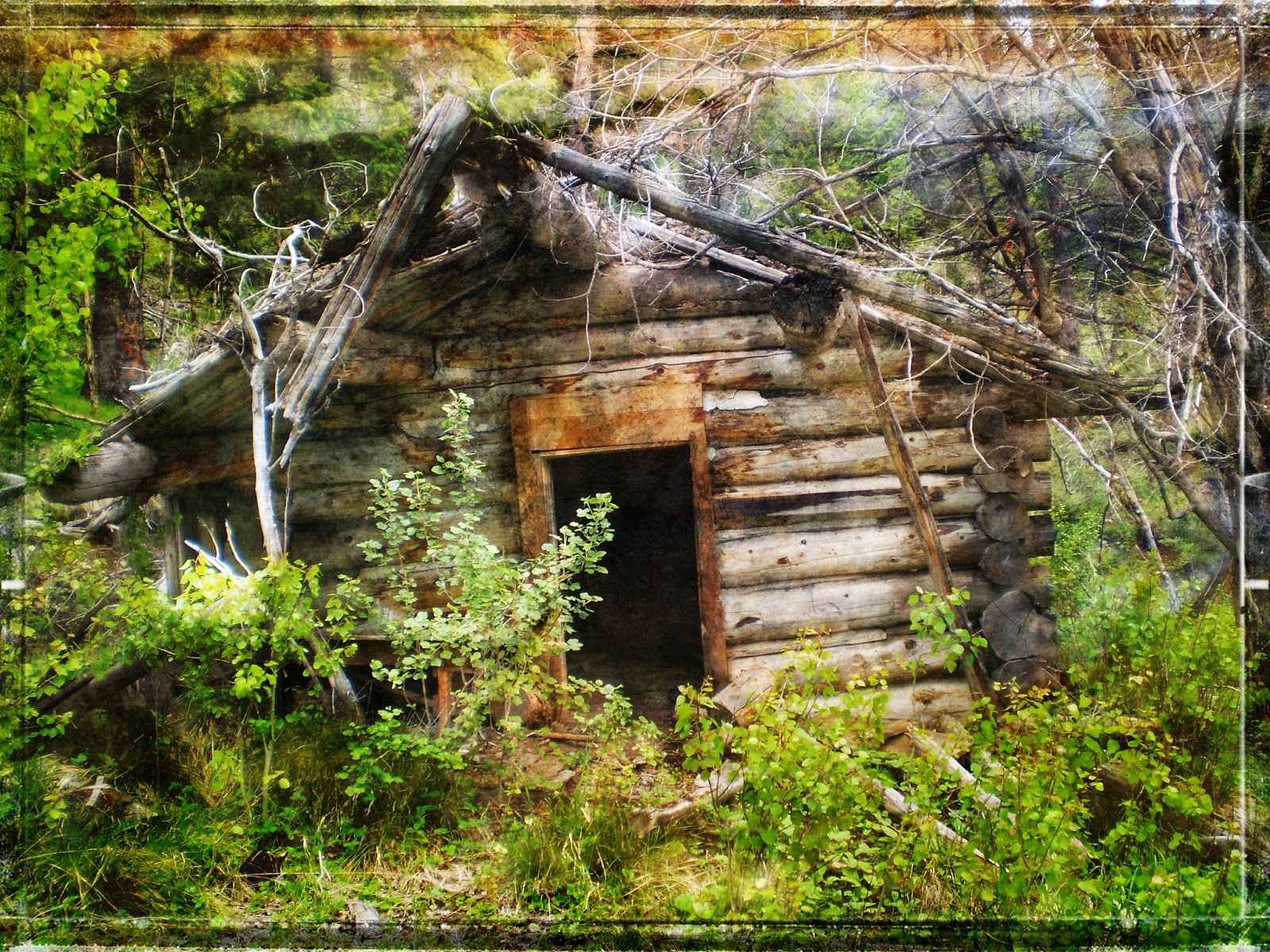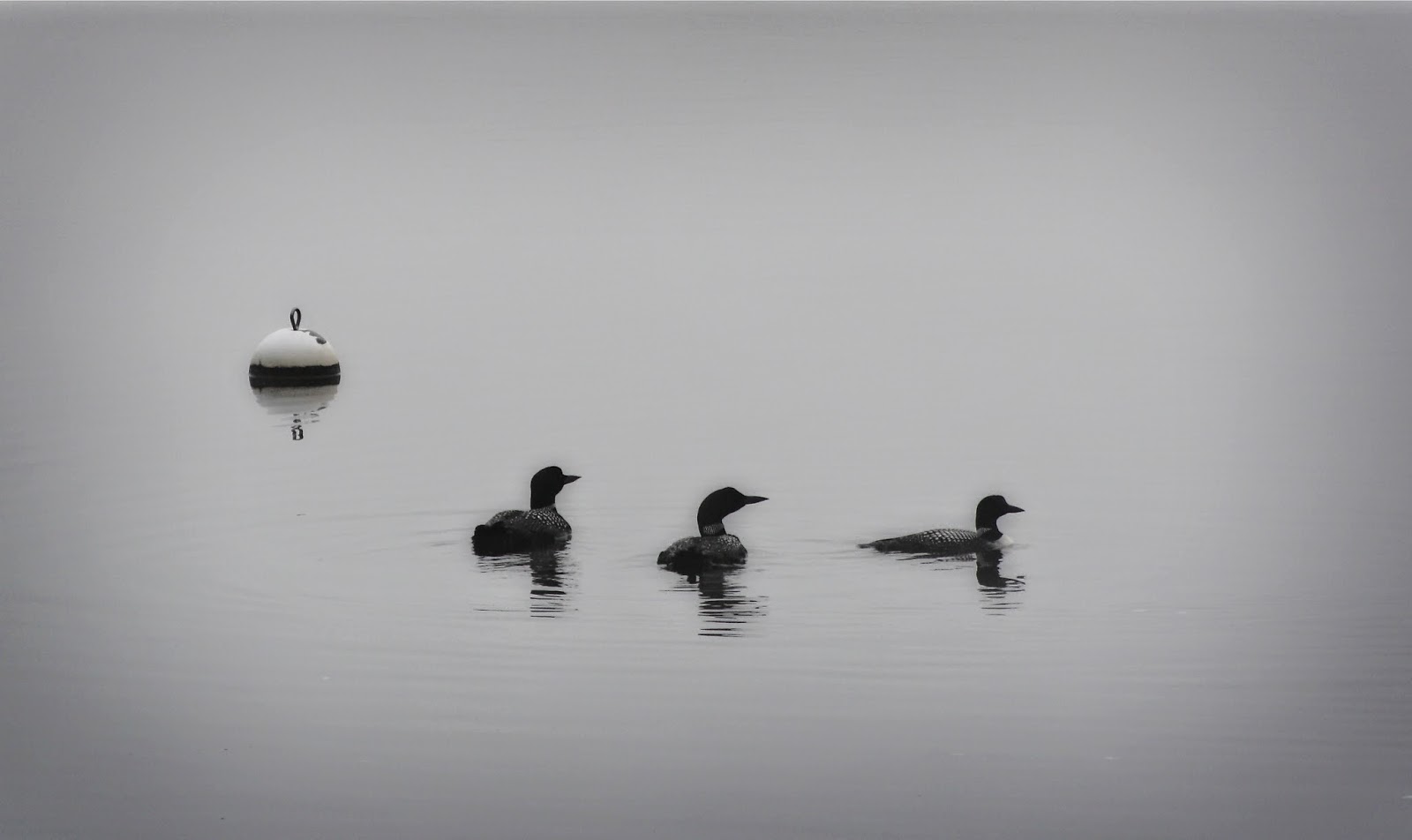
Labels
- farm and garden (11)
- moment (20)
- news (6)
- places (27)
- poem (10)
- reflections (41)
- reporting (73)
- rivers (11)
- snapshots (21)
- travels (17)
- wilderness (18)
- writing (13)
Tuesday, July 15, 2014
Grasshopper plagues: agricultural nightmare or ecological boon?
In early June, meteorologists at the National Weather Service in Albuquerque, New Mexico, were puzzled: There was a big splotch on the radar that didn’t look like any weather system they’d ever seen. Maybe their software had a bug?
Turns out, the dark green blob hovering over Albuquerque wasn’t a software glitch at all but a giant swarm of grasshoppers. John Garlisch, an agricultural extension agent at New Mexico State University, told Modern Farmer that the state’s dry winter allowed more grasshopper eggs than usual to hatch this spring, and the ongoing drought has caused a dearth of fresh growth on rural rangeland, forcing the swarm to take flight in search of greener pastures. The well-watered gardens of Albuquerque must’ve looked mighty appealing.
By now, the grasshoppers have mostly died of natural causes or been eaten by cats, says forecaster Brent Wachter of the National Weather Service. But this summer’s incident raises the question: As climate change continues to impact weather patterns across the West, will grasshopper swarms big enough to show up on Doppler radar become a more regular concern? And if so, how concerned should we be?
To find out, I called population ecologist Gary Belovsky, who’s been studying grasshoppers in western Montana for 37 years. He's currently researching how climate change affects grasshopper outbreaks. If you’re looking for a simple, straightforward answer, though – something along the lines of “climate change causes drought and drought causes more grasshoppers” – look elsewhere. While drought can indeed increase short-term grasshopper populations, the picture Belovsky paints over the long run is far more complex. ...
... Click here to read the rest.
More Pebble Mine - Alaska sides with mining corp., tribes back EPA
Victories in clean air and energy politics may be among the Obama
Administration’s lasting legacies, but the U.S. Environmental Protection
Agency hasn’t been getting much love from rural communities lately.
Here in western Colorado coal-mining country, a hand-painted sign
reflects the opinion of many local miners: “Frack the EPA and the war on
energy!” In Idaho last week, demonstrators illegally dredged
a protected stretch of the Salmon River to protest EPA permits for
mining in Western watersheds. Since January, Kansas and seven other
rural states have passed symbolic measures
opposing the EPA’s new power-plant emission standards, and since 2010
Texas has spent millions in taxpayer dollars on more than a dozen
(mostly unsuccessful) lawsuits against the agency.
Yet in rural Alaska, where sentiment against federal oversight runs deep, a group of remote residents are actually siding with the EPA. Not only that, they’re joining the agency in fighting a powerful lawsuit filed against it.
That’s the latest news in the saga of Pebble Mine, a massive open-pit copper mine proposed in western Alaska’s Bristol Bay region. Local tribes and commercial fishermen fear the mine could destroy one of the world’s most prolific salmon runs, and in 2010, tribes petitioned the EPA to invoke a seldom-used power under the Clean Water Act to block development. This April, after a federal environmental assessment concluded the mine could indeed harm salmon habitat, the EPA took the first steps to begin using the Clean Water Act to halt the mine. ...
... Click here to read the rest.
Yet in rural Alaska, where sentiment against federal oversight runs deep, a group of remote residents are actually siding with the EPA. Not only that, they’re joining the agency in fighting a powerful lawsuit filed against it.
That’s the latest news in the saga of Pebble Mine, a massive open-pit copper mine proposed in western Alaska’s Bristol Bay region. Local tribes and commercial fishermen fear the mine could destroy one of the world’s most prolific salmon runs, and in 2010, tribes petitioned the EPA to invoke a seldom-used power under the Clean Water Act to block development. This April, after a federal environmental assessment concluded the mine could indeed harm salmon habitat, the EPA took the first steps to begin using the Clean Water Act to halt the mine. ...
... Click here to read the rest.
Subscribe to:
Posts (Atom)










